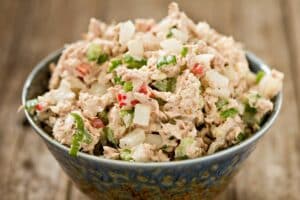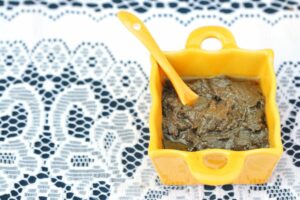You are working on the menu for a party to celebrate your best friend’s birthday. You plan to make pizzas, and one of the toppings is anchovies. You have everything you need except those anchovies, which you did not remember to buy at the store.
You are running out of time, and there is still a lot to do. Your best friend loves anchovies on her pizza, but you don’t have time to go to the store. What are you going to do? Fear not because there is a solution to this problem.
Read further to learn about anchovies and a variety of anchovy substitutes available.
What Are Anchovies?
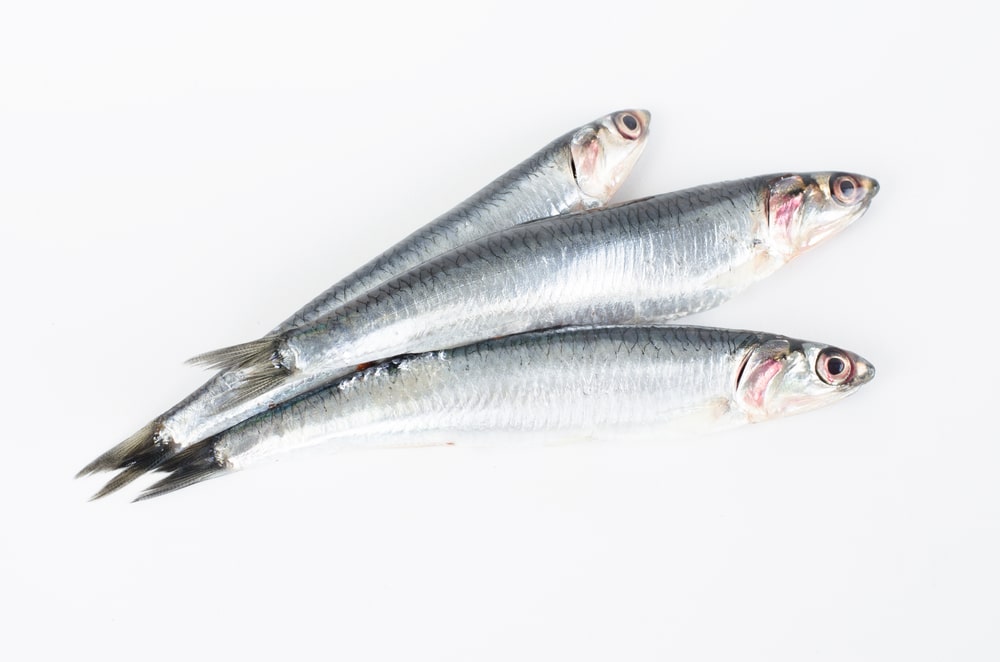
Anchovies are small, saltwater fish most commonly in the Indian, Pacific, and Atlantic oceans. They come in different forms, such as whole, in a paste, or packed in cans. Packers soak them in salt water to preserve them.
The anchovies start green with silver stripes and change to gray after soaking in the salt brine. The flavor becomes richer. Once they are mature, they package them in salt or oil. Chefs use them in salads, sauces, and soups.
You can use anchovies by themselves or in conjunction with other ingredients. They may not always be available, which could leave you in a bind. There are anchovy substitutes that will work as hard as the anchovies at making your dish delicious.
Top 5 Anchovy Substitutes
1. Anchovy Paste as a Substitution for Anchovies
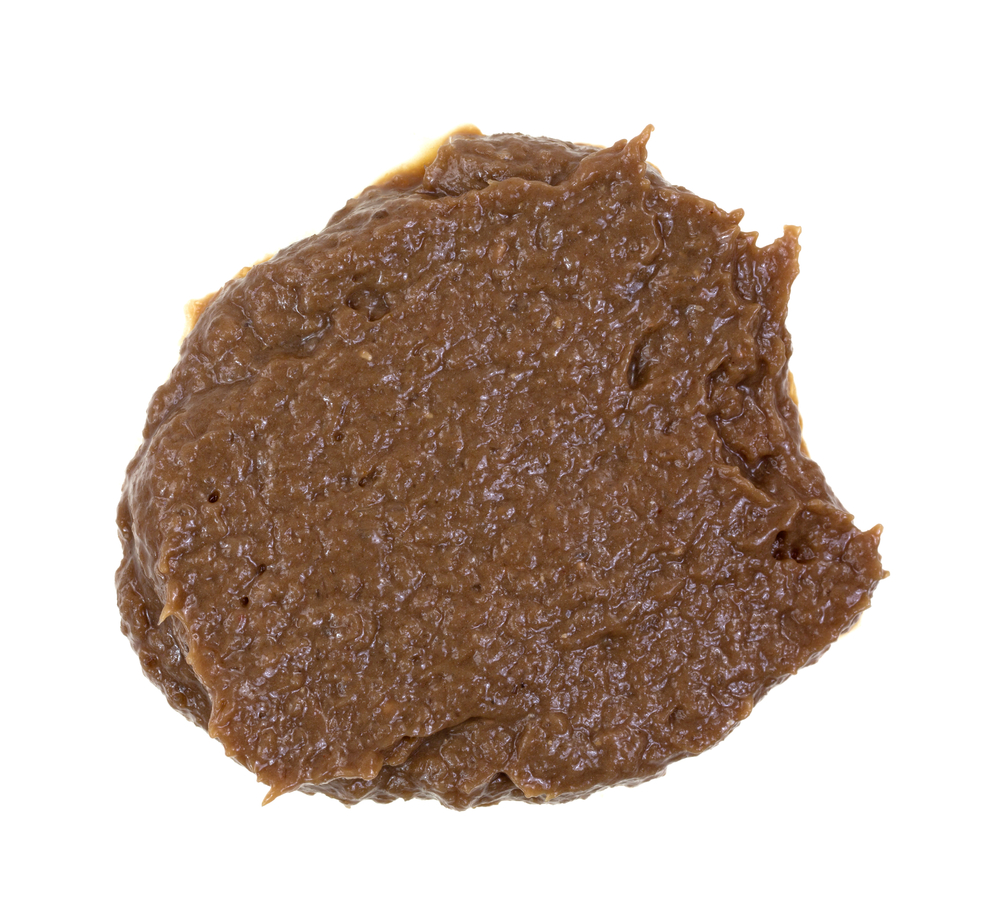
An excellent anchovy substitute is anchovy paste. It mostly contains anchovies with olives, oil, and salt. Anchovy paste complements sauces, soups, and sandwiches.
One sauce that contains anchovy paste is Puttanesca sauce. To make the sauce, mix the paste with tomato paste, capers, and olives. Caesar dressing is another popular sauce that contains anchovy paste. Add lemon juice, olive oil, and parmesan cheese to make the Caesar dressing.
You only need to use a pinch of it because of the strong taste. You can find anchovy paste in tubes in the grocery aisle with the condiments and tomato sauce. Or you can make your own paste by smashing whole anchovies or anchovy fillets until you form a paste. Add some vinegar to neutralize the taste a little.
One anchovy fillet equals half a teaspoon of anchovy paste. One teaspoon of mashed anchovies is equivalent to one teaspoon of anchovy paste. If you decide not to use paste, the fillets will dissolve easily in sauces.
Anchovy Paste Substitutes
Worcestershire sauce is an anchovy paste substitute that consists of anchovies. Use it as a marinade for basting different meats, poultry, and fish, or add it to salads and sandwiches. There are a variety of Worcestershire sauces for different types of appetites.
- Gluten-free: This consists of white vinegar. Most Worcestershire sauces consist of malt vinegar, which is a gluten. Glutens are not a good choice for people with intestinal disorders. White vinegar is gluten-free. Be sure to check the ingredients on the labels before buying.
- Vegetarian: Vegetarians avoid meat, including anchovies. Vegetarian Worcestershire sauce is the option for them since it does not consist of anchovies.
- Low-Sodium: Salt raises blood pressure. The low-sodium sauce is an option for someone who struggles with high blood pressure.
Another anchovy paste substitute is capers. They come in buds that are the size of a pea, usually in vinegar and salt-water.
Capers are great in sauces and entrees with fish. They have a strong flavor. To use them in place of anchovy paste, substitute one-half tablespoon of capers for one teaspoon of the paste.
2. Umeboshi Paste as a Substitute for Anchovies
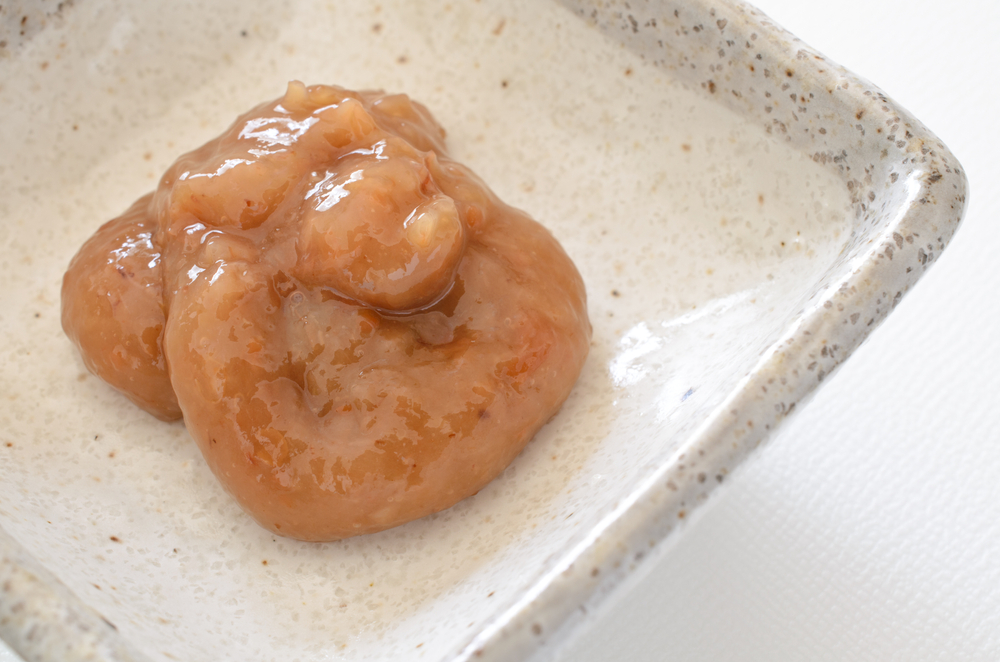
Umeboshi paste, also known as pickled ume plums (pickled plums), is a zesty ingredient that accompanies rice in Japanese dishes. You can also use it as an anchovy paste substitute. The paste is salty and full of intense flavor, which makes it a perfect substitution. Chefs use it in vegetarian dishes and salad dressings.
Umeboshi paste is a great anchovy paste substitute because of its unique “umami” flavor, meaning it is savory. Another use could be in place of fish sauce in Thai food. Try to combine it with miso paste to make a cheesy dish.
3. Shrimp Paste as a Substitution for Anchovies
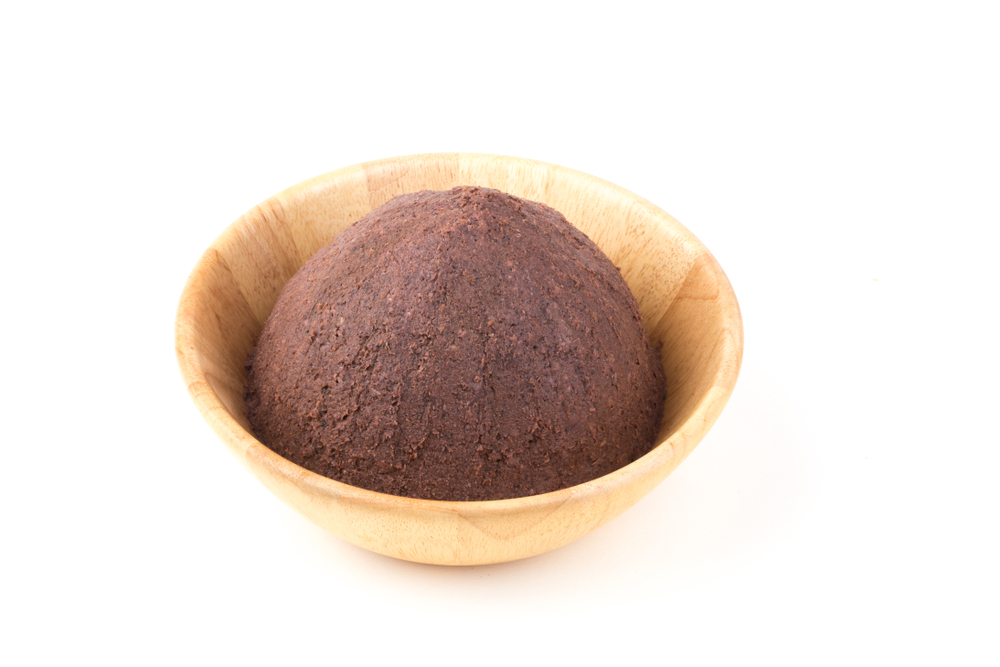
Shrimp paste comes from southeast Asia and China and consists of salted shrimp. As a substitution for anchovies, this paste resembles the same flavor and spice that plain anchovies have. Shrimp paste is a common ingredient in Thai curry.
Due to the strong taste of shrimp paste, only a pinch is all you’ll need. Add pureed tomatoes to make it taste milder. Substitute a half-teaspoon of shrimp paste for the same amount of anchovy paste.
4. Asian Fish Sauce as a Substitute for Anchovies
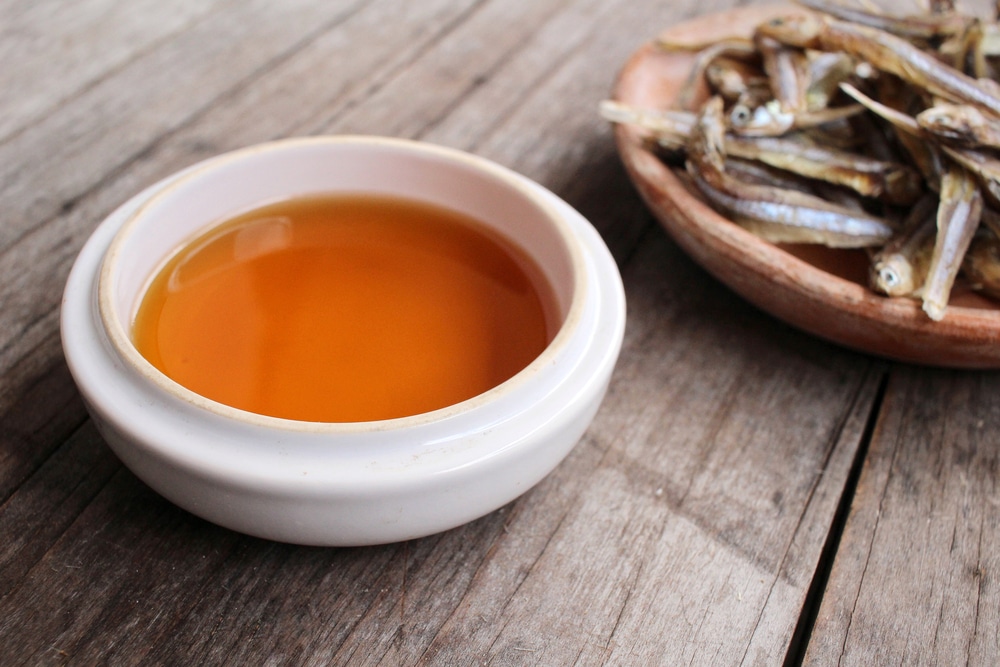
Asian fish sauce offers a rich umami (savory) taste. The taste and odor are like that of anchovies, so you may want to use a small amount at a time. It is best in foods like soup, dressings, sauces, and salads. It is not ideal for dishes like pizza or pasta.
5. Soy Sauce as a Substitution for Anchovies
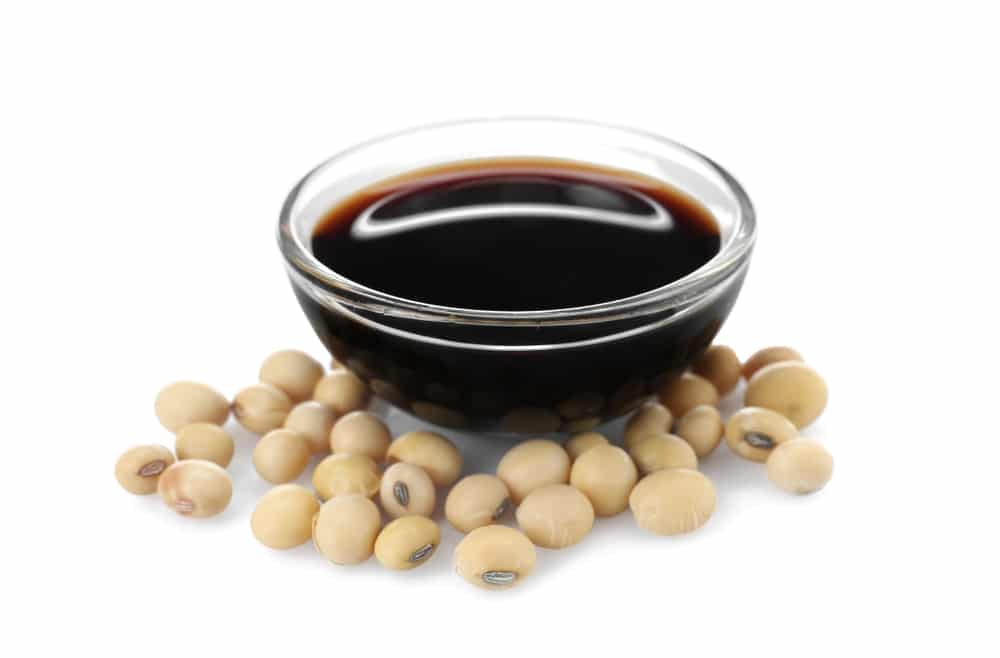
This is a common substitution for anchovies. It consists of soybeans that go through the fermentation process, wheat, yeast, and salt. The soybeans make it high in protein. Japan has five different types of soy sauce: dark soy sauce, light soy sauce, tamari, Shiro, saishikomi.
Light soy sauce is thin and salty. Use it while stir-frying chicken or vegetables. Dark soy sauce is thicker and richer. It gives color to noodles during cooking.
Soy sauce is very high in sodium, which can cause the blood pressure to rise. If you have blood pressure issues, this is not a good choice for you. You might consider a soy sauce that is lower in sodium.
Soy sauce also contains MSG (monosodium glutamate), which is an additive to enhance flavor. It is present in most foods that are in cans or sealed packages. MSG can have negative effects on the body, such as headaches, complications with asthma, and problems with memory.
Conclusion
Anchovies are very popular in cuisines. People use them to add flavor to their dishes every day. Pizza is a common food to add them to for a savory flavor.
You can find them in different forms, such as whole, in cans or jars, marinated, or in filets. The ones soaking in sunflower or olive oil in cans are less expensive and easy to find.
If you choose whole anchovies, plan to spend time prepping them, which will take about 30 minutes. Filet them and thoroughly rinse them with water. Soaking them in milk or white wine afterward will soften them.
Anchovies are easy to disguise in some foods to add savory flavor, especially if someone chops them up. You may not know they are in there. If your food has a distinct pop to it, that is probably the anchovies. Pay attention to the labels and select the products that fit your needs. Eating healthy does not mean you have to compromise a savory meal.
No matter what your situation is, there are anchovy substitutes available when you’re in a bind and in need of a quick alternative. Consider one of those substitutes and see if you can tell the difference.


